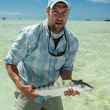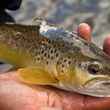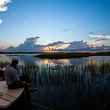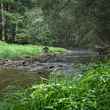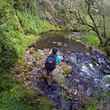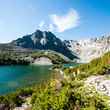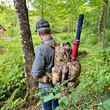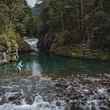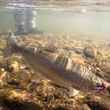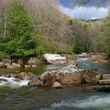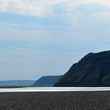In 2013, U.S. Department of Fish and Wildlife reported that cooperation from Montana ranchers was helping the last of the state's native grayling survive. According to Montana conservation groups and residents, such reports by the department are false or unsupported by evidence. These groups have filed a formal notice of intent to sue which claims that the U.S. Fish and Wildlife have failed to protect the last of the lower 48's native grayling, which survive only in Montana's Big Hole River, a few small lakes and a small population reintroduced in the Ruby River.
The lawsuit is planned by The Center for Biological Diversity, Western Watersheds Project, Butte resident Pat Munday and former Montana fishing guide George Wuerthner.
The U.S. Fish and Wildlife Service has applauded the participation of Montana ranchers in its voluntary program to reduce water withdrawals from the Big Hole, which it has described as a significant success and one that has led to the beginnings of recovery in the grayling population. And while the program's critics have also applauded the ranchers action, they say it simply isn't enough to protect a truly endangered species such as the grayling.



